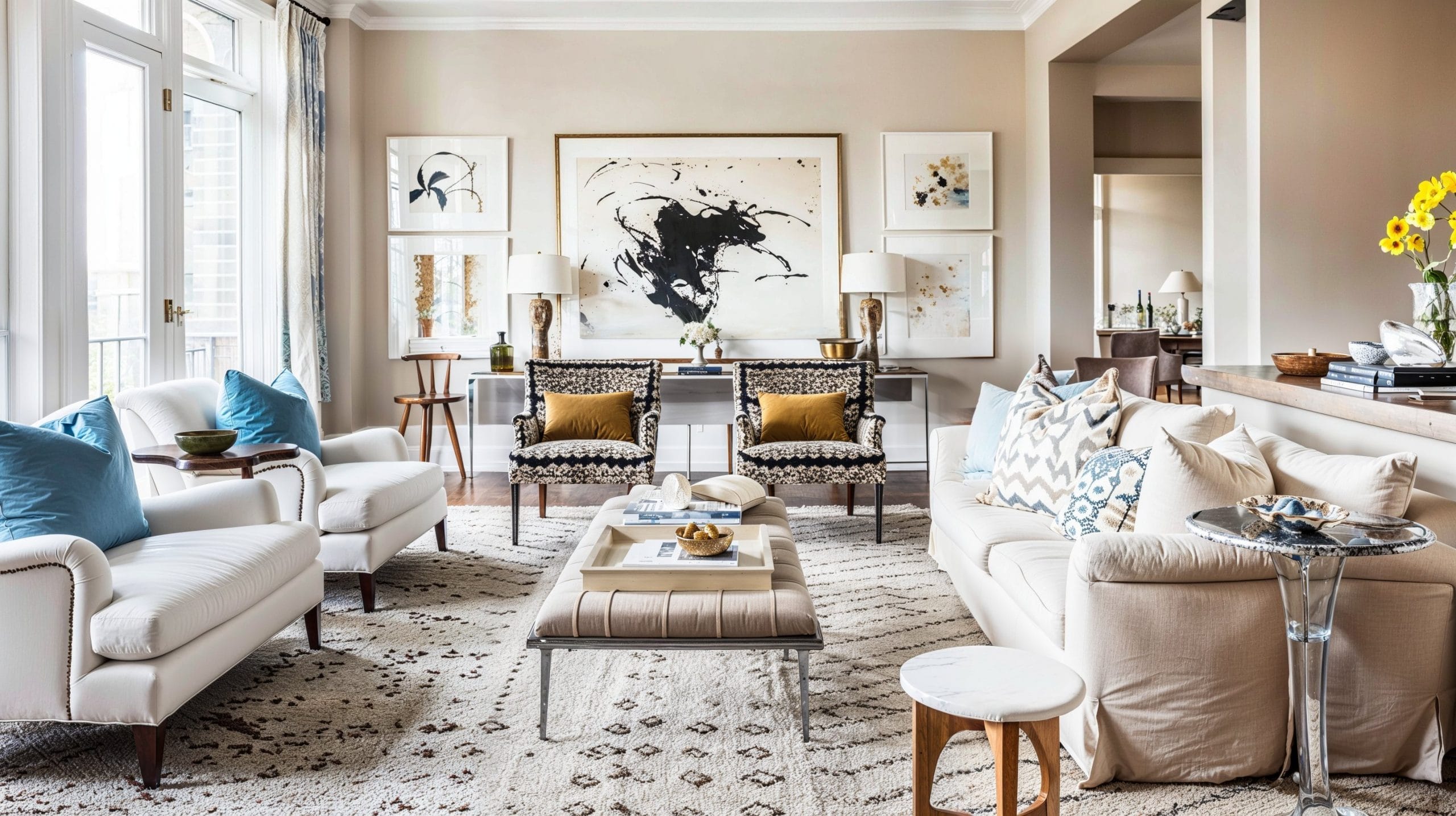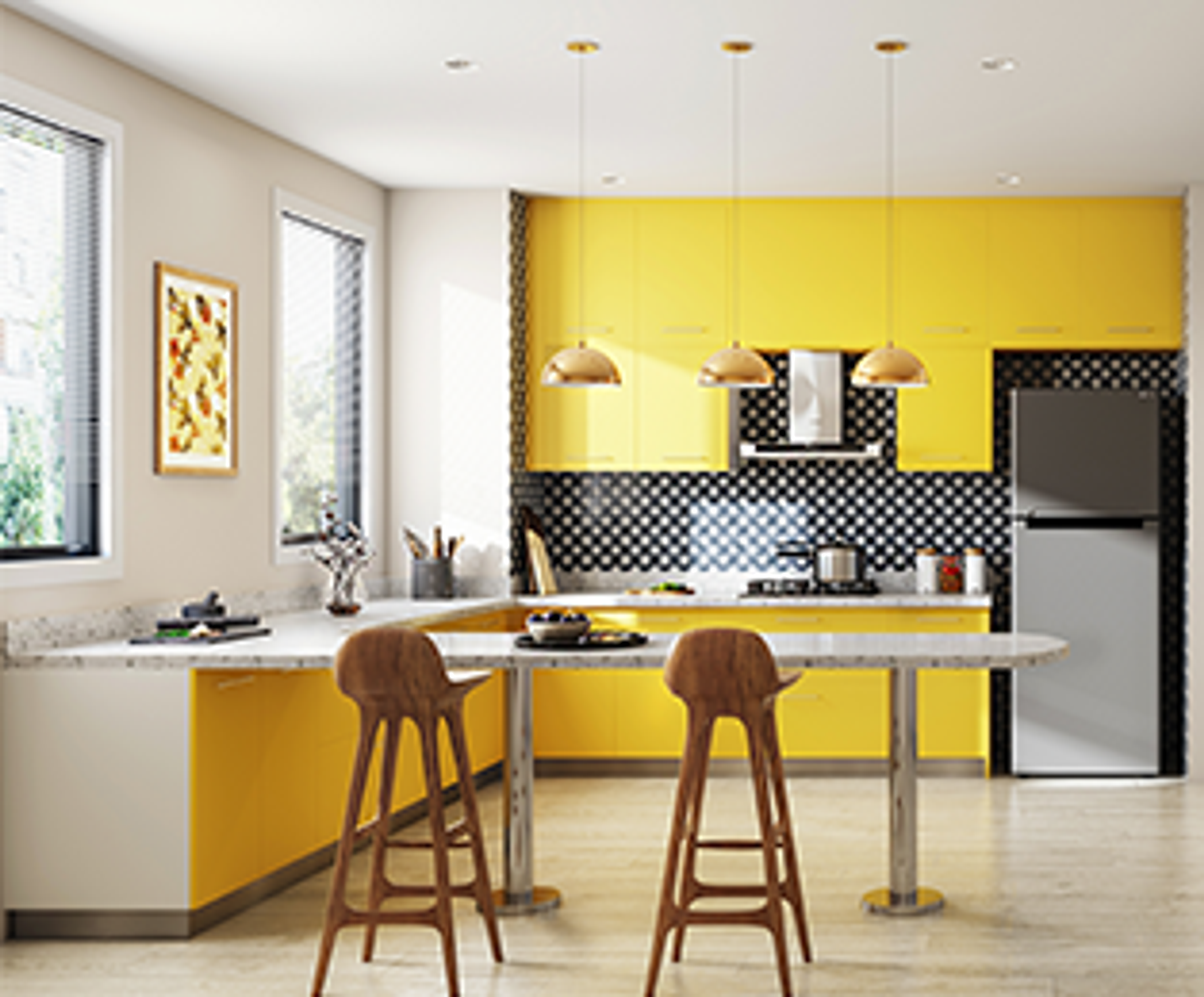Explore expert miami interior design for high-end home and office interiors.
Explore expert miami interior design for high-end home and office interiors.
Blog Article
Change Your Home With Important Principles of Interior Decoration and Looks
By recognizing the effect of color concept and the relevance of structure and patterns, one can produce spaces that are not just aesthetically appealing yet additionally deeply personal. Achieving this equilibrium entails more than mere decor; it encompasses a tactical arrangement and an eager understanding of exactly how each element connects within an area.
Recognizing Shade Concept
Understanding the principles of shade theory enables developers to create areas that reverberate psychologically with occupants while satisfying useful requirements. Each classification plays a crucial function in establishing harmony within a room.
The psychological impact of colors is profound; cozy shades such as reds and oranges evoke power and heat, while cool tones like blues and eco-friendlies advertise calmness and harmony. Moreover, the use of complementary colors improves aesthetic rate of interest, producing striking contrasts that can raise an area's appeal.
Neutral shades, on the various other hand, function as a functional background, enabling various other style aspects to radiate. It is vital to consider factors such as lighting and the space's function when selecting a color palette, as these can modify the perception of colors throughout the day.
Ultimately, a well-considered color pattern can change an area, cultivating a sense of comfort and style that aligns with the residents' preferences. Proficiency of color concept is, therefore, a vital ability for any kind of indoor designer intending to develop unified and inviting environments.
Attaining Equilibrium in Style
Just how can designers attain a feeling of balance in their areas? Accomplishing equilibrium in style is fundamental to creating harmonious insides. Developers can use three main sorts of balance: balanced, asymmetrical, and radial. Balanced balance involves preparing aspects uniformly around a main point, cultivating a sense of order and tranquility. This kind typically features sets of furniture or art work, improving aesthetic stability.
Asymmetrical equilibrium, on the other hand, counts on varying elements that still accomplish a cohesive look. This strategy enables even more dynamic and casual setups, giving interest while preserving equilibrium. By meticulously choosing differing sizes, shades, and appearances, designers can produce an aesthetically engaging room that really feels balanced yet energetic.
Radial balance highlights a main prime focus with components radiating outside. This design is commonly seen in circular layouts, where furnishings and style create a cohesive border that draws the eye inward.
Inevitably, attaining balance needs thoughtful factor to consider of scale, percentage, and the partnerships in between elements. miami luxury interior design. By skillfully using these equilibrium concepts, developers can change rooms into settings that really feel both visually pleasing and functionally unified, boosting the overall experience for owners
Relevance of Spatial Recognition

A keen sense of spatial awareness enables designers to identify prime focus within an area, leading the audience's interest to crucial functions while preserving a general sense of unity. It also helps in the calculated positioning of illumination, which can dramatically influence the assumption of room and state of mind. In addition, recognizing spatial partnerships makes it possible for the developer to deal with the specific needs of inhabitants, ensuring that each location offers its designated function without jeopardizing visual appeals.
Inevitably, spatial recognition is important for optimizing the capacity of any indoor area. By very carefully considering the interaction between dimensions, design, and function, designers can produce environments that not just satisfy practical needs but likewise evoke a feeling of comfort and elegance, improving the total living experience.
Integrating Texture and Patterns
Welcoming a varied variety of structures and patterns can significantly boost the visual and responsive appeal of an indoor space. The critical use numerous materials-- such as wood, steel, fabric, and rock-- creates deepness and passion, making a space really feel more inviting and vibrant. For example, combining smooth surfaces with harsh textures can establish an equilibrium that attracts the eye and engages the detects.
When integrating patterns, consider both range and rep. Big patterns can work as centerpieces, while smaller sized, subtle layouts can complement other aspects without overwhelming the room. Layering patterns, such as pairing flower cushions with striped throws, includes intricacy and a feeling of harmony if carried out attentively.
It is also crucial to discover this maintain a natural shade scheme, making certain that appearances and patterns collaborate rather than compete for focus. By choosing a few essential textures and patterns, you can create a linked visual that shows your individual style while enhancing the total setting of the space. Ultimately, the careful consolidation of these aspects can transform an ordinary area into an innovative atmosphere rich with character and warmth.
Individualizing Your Area
Creating a room that shows your personality is important to achieving an absolutely inviting environment. Customization in interior decoration enables you to infuse your one-of-a-kind style and interests right into your home, transforming it from a plain shelter right into a sanctuary that talks with who you are. Begin by picking a color scheme that resonates with your feelings-- strong shades can invigorate, while soft tones provide tranquility.
Integrate art work and design that mirror your enthusiasms, whether it be travel, nature, or abstract ideas. Displaying personal collections, such as publications, photographs, or mementos, can stimulate treasured memories and develop focal points within a space. Architecture Firm Additionally, think about tailoring practical items, like upholstered furniture, to line up with your aesthetic preferences.

Final Thought
To conclude, the change of a home with the important concepts of interior design and appearance necessitates an extensive understanding of shade concept, equilibrium, spatial awareness, structure, and customization. Each component adds considerably to producing an unified and useful living atmosphere - miami luxury interior design. By attentively incorporating these concepts, people can boost the aesthetic allure and emotional vibration of their areas, eventually cultivating a home that mirrors one-of-a-kind identifications while providing convenience and functionality
Report this page